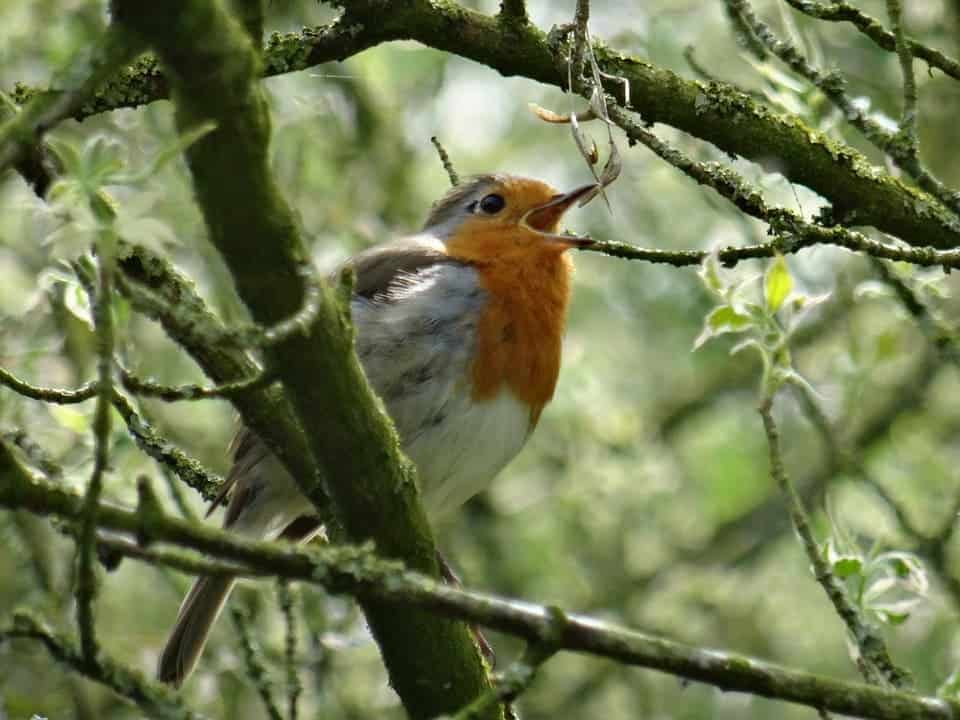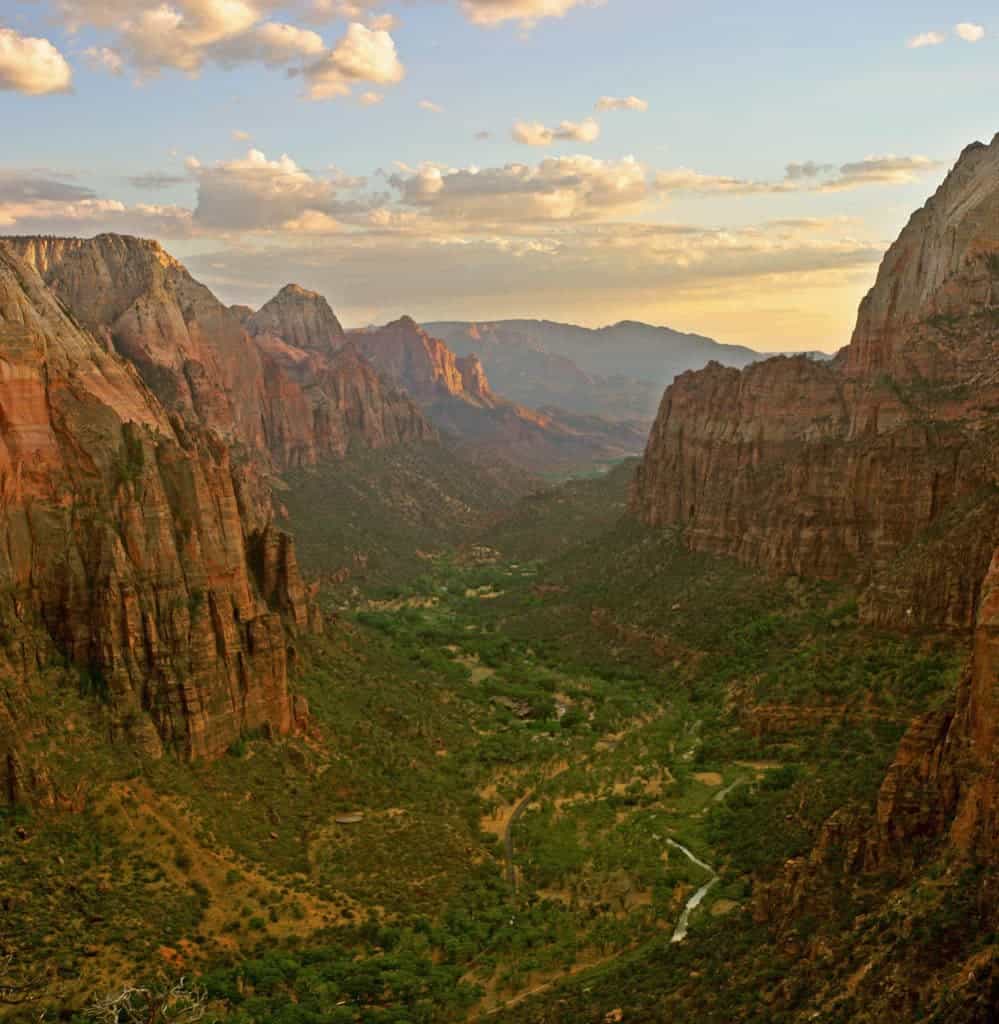For many people, national parks are an oasis of calm, a way to escape the hustle and bustle of daily life. For animals too, parks are one of the last places where they can exist relatively undisturbed. However, protected areas are getting noisier. A new study found that more than half of the protected areas in the USA are twice as loud as they should be. Though noise may be overlooked as a pollution source, it can endanger animals and even plants, and reduce the beneficial effects that people get from being in nature reserves.
So much noise
Humans create a lot of noise, from highways, airplanes, development, industry or residential sources. But are protected areas also affected by noise? A new study led by Rachel Buxton, an acoustic ecologist at Colorado State University in Fort Collins, sought to answer this question by mapping sound levels in national parks all across the USA. The researchers took data that is regularly collected by the US National Park Service, which included over 1.5 million hours of recordings from 492 protected areas all over the United States. First, they created a model that eliminated all human-caused noise. Then they adjusted for landscape features such as mountains and rivers. They compared the “natural soundscape” with the recordings and were able to see how much noise humans added.

The study found that 63% of the protected areas that were studied were twice as loud as they should be. This means that if you used to be able to hear a bird sing 30 meters (100 feet) away then now you would only hear it 15 meters (50 feet) away. However, 21% of protected areas were even 10 times louder than they should be so you would only be able to hear a bird that is 1.5 meters (10 feet) away. All in all, background noise reduced the distance that other sounds can be heard by 50-90%. Additionally, 58% of areas with endangered species had doubled noise levels. The noise is bad for people coming to enjoy nature and for animals that could be disturbed by it.

This extra noise is a problem for several reasons. An increase in noise levels can block mating calls, the ability to hear prey/predators, and it can distract and scare animals. Because of these reasons, noise can change species abundance, reproductive success, behavior, and physiology. Even plants are affected and they, along with invertebrates, are the groups most likely to be affected by the increase in noise. Loud noises in some areas can cause pollinators, plant-eating, and seed-dispersing animals to behave differently and fewer plants could survive because of it.
Another problem is that people go to natural areas to escape the hustle and bustle of the city. There are health benefits to being in calm, quiet areas, such as stress reduction and mood enhancement. Not to mention that it is much more enjoyable when you can hear the rushing water and the singing chorus of birds as opposed to the roar of an airplane.
Silver lining

However, good news is that almost one-third of the protected areas were acoustically untouched. Additionally, protected areas were overall much quieter that unprotected area directly next to them; they were 35% less noisy. The areas with the highest protection, called “wilderness” were the quietest. So when there is the most protection and regulation, the areas are quieter. Protected areas are very quiet to begin with, so just a little bit of noise pollution makes a big difference. This study makes a case to regulate noise in protected areas to keep them quiet.
“The noise levels we found can be harmful to visitor experiences in these areas, and can be harmful to human health, and to wildlife. However, we were also encouraged to see that many large wilderness areas have sound levels that are close to natural levels. Protecting these important natural acoustic resources as development and land conversion progresses is critical if we want to preserve the character of protected areas,” said Dr. Rachel Buxton.
Some ideas for future management based on these results are to reduce noise in places with a lot of noise pollution and to making sure that quiet areas are more protected. Protected areas are still refuges for people and animals, though this study brings attention to quiet as a valuable resource in a world that is getting louder and louder.
Journal reference: R. Buxton et al. Noise pollution is pervasive in U.S. protected areas. Science. Vol. 356, May 5, 2017, p. 531. doi: 10.1126/science.aah4783.



